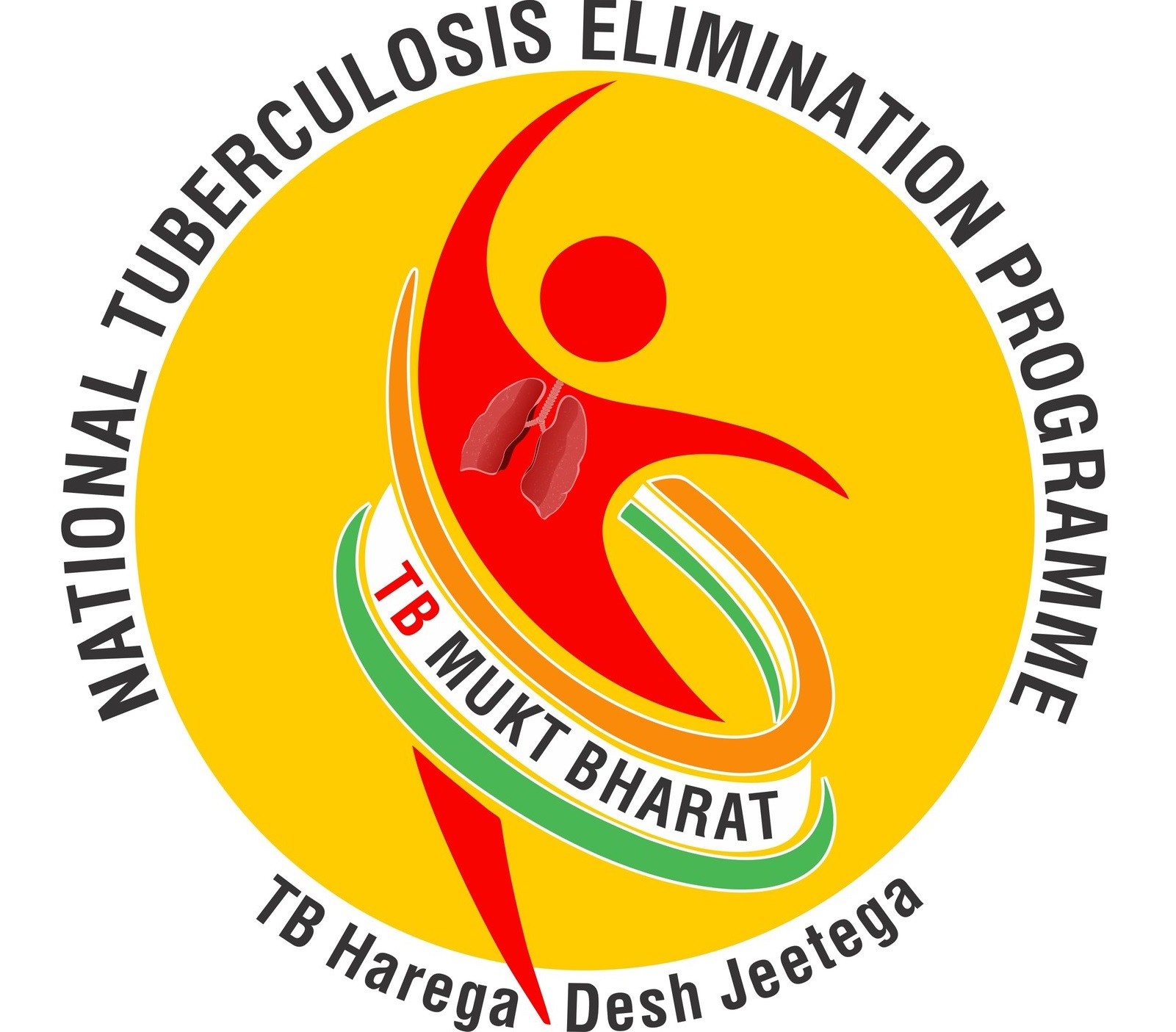National Tuberculosis Elimination Programme (NTEP)

Tuberculosis (TB) control activities are implemented in the country for more than 50 years. The National TB Programme (NTP) was launched by the Government of India in 1962. In1993, the WHO declared TB as a global emergency, devised the directly observed treatment – short course (DOTS), and recommended to follow it by all countries. The Government of India revitalized NTP as Revised National TB Control Programme (RNTCP) in the same year. DOTS was officially launched as the RNTCP strategy in 1997 and by the end of 2005 the entire country was covered under the programme.
RNTCP has released a ‘National strategic plan for tuberculosis 2017-2025’ (NSP) for the control and elimination of TB in India by 2025. According to the NSP TB elimination has been integrated into the four strategic pillars of “Detect – Treat – Prevent – Build” (DTPB).
Detect: The first objective of NSP is to find all drug sensitive TB cases (DS-TB) and drug resistant TB cases (DRTB) in high-risk populations (such as prisoners, migrant workers, people living with HIV/AIDS, contacts etc.).
Treat: Next step under the programme is initiation and sustaining all TB patients on appropriate anti-TB treatment wherever they seek care, with patient friendly system and social support. Provision of free TB drugs in the form of daily fixed dose combinations (FDCs) for all TB cases is advised with the support of directly observed treatment (DOT).
Prevent: Air borne infection control measures, Contact tracing, Isoniazid Preventive Therapy (IPT), BCG vaccination, Addressing social determinants of TB.
Build: Health system strengthening for TB control under the National Strategic Plan 2017-2025 is recommended in the form of building and strengthening enabling policies, empowering institutions and human resources with enhanced capacities.
















